Landscaping ideas can be hard to conceive. It entails creativity. Though the ideas may not be original, there should be art in them.
Landscaping is usually done in one’s own garden or yard. The flowers, rocks or stones, fountains or ponds, fences, benches or swings, and lighting are among the present elements.
The flowers are a significant component of landscape design. You can choose them for the color of their foliage or flower, fragrance, or season. A few of them are planted as borders, fences, or ground cover. Regardless, a combination of flowers and other plants makes the landscape design unique and attractive.
Some landscape ideas are conceived on rocks and stones. Rock gardens and stone landscaping are becoming more popular today. Aside from conveying breathtaking scenery, they can also mimic nature more naturally, especially if ponds, waterfalls, or fountains are integrated.
The use of stones is rocked can be traced back to ancient times when Japanese gardens were an exclusive possession of royal families and high-ranking officials.
The stones symbolize islands and neighboring areas or cities. Today, big rocks amidst a garden can be used as an alternative to chairs or benches.
Also, by sitting on a rock, one can experience the chance of being closer to nature.
On the other hand, the presence of water—be it from waterfalls, ponds, or fountains—can be relaxing. The sound of water flowing can be a serenity to a human soul. No wonder miniature bodies of water become an integral component of landscaping ideas.
Short fences were traditionally used to keep pets and small children away from certain flowers or plants. Today, fences are still viewed that way, but with a decorative touch.
Fences are designed to exude the beauty of the plants within and as a whole. They are also used to separate plants. Almost in every landscaped garden, benches and swings are a common feature.
They offer solace to people and a chance to appreciate nature, which is actually the underlying principle of landscaping gardens.
Landscape lighting serves a dual purpose. Pathways are illuminated at night and thus become safe to tread upon. They are effective in setting the mood as well. Depending on the level of illumination, lights can be romantic or conducive to meditation or relaxation.
Landscaping Brick
Bearing the appearance of a block, the landscaping brick is a material commonly employed in residential or commercial landscape designs.
Available in different shapes and sizes, these bricks are artfully used to create driveways, walkways, patios, steps, swimming pool decks, and garden borders.
The use of bricks renders the area classic and elegant. Bricks can solve some of the unique challenges in landscaping. Brick can efficaciously transform a grassy section into a homeowner’s artful scenery, for example.
Made to last a lifetime, bricks are not just attractive. They require the least maintenance while creating a creative design in an outdoor setting. Here are a few landscaping brick ideas:
Create A Beautiful patio With Bricks
In transforming a yard into an outstanding brick patio, only bricks and mortar are needed. Some would arrange the bricks in a row in one direction and with a brick border going in the opposite direction.
The basketweave is another creative concept to bestow a patio, especially with the addition of flowerbeds. The basketweave effect can be created by alternating the bricks horizontally or vertically.
Edging With Brick Gives A Finished Touch To Landscape
In most traditional gardens, landscaping bricks outline the garden’s edge to produce a finished appearance and help keep the mulch within the garden.
In another setup, bricks can be tipped on their ends on a shallow trench while their pointed edge is pointed up. The bricks are then stacked one after another to create the unique zigzag look.
Walls and Terraces Made From Bricks
The shapes, sizes, and colors of bricks must complement the exterior of one’s home’s color and overall decorating color scheme of the yard. Retaining walls involves more effort than edging or walkway.
Nonetheless, it is possible to generate usable space from a hillside or a slope by building a retaining wall. To create the wall, arrange bricks with gaps in between, and fill up the gap with a different color of bricks.
The retaining wall does not need to be tall. To define a section of a garden, only two layers of brick suffice.
Gardens. For many centuries, these bricks have been in application to build a garden. Among the many uses of bricks in a garden include bordering a flower garden, encasing the area with water, or finishing the exterior of the water enclosure.
Pathways and Sidewalks
Sometimes, bricks that are crushed can be lost into the depth of the ground. Thus, to avoid such occurrences, you can line the walkway with landscape fabric.
Landscaping bricks are a wonderful material used in landscapes. They strengthen the structure and exude the beauty of the surroundings. Today, most yards used bricks in their landscapes.
Choosing the Right Pavers for the Best Landscape
There are plenty of reasons as to why homeowners decide to install pavers in their yard or BBQ area such as; they enhance the appearance of the outdoor area of the house; make the pavement beautiful; give grace to the BBQ area; improve the purpose and functions of the patio area; form landscape pattern in the garden; and improve the pool area.
Installing pavers in your outdoor patio could be threatening if you’re not a professional, so the more suitable approach to paving projects is to hire skilled and experienced gardening and landscape contractors who can provide a range of paving services in addition to the landscaping project.
Although some landscape contractors who specialize in only paving can complete the work quickly and for a low cost, you may find a landscaping company with expertise across a larger range of services that can provide a personalized design for your home improvement.
Most landscaping contractors that offer paving services have a range of different materials and designs, and they have the knowledge and qualifications necessary to perform the paving work.
They are specialists in checking out materials and designs to give your patio or garden a unique charm. They can design a particular style for your pool area and pavements, resulting in an outside area of provoking functionality.
It is usually possible to search online to get the most experienced paving company to do your paving project.
Skilled laborers and complete hardware are some of the things to search for when making comparisons of various paving corporations so that you would be well placed to learn if the corporation has been providing wonderful work results to their customers.
Positive comments and feedback are the evidence of those finished landscaping, but you can trust what your family members and chums want to say too.
To get the best results for your next outdoor home improvement, choose from a landscaper who can complete the improvements to your outdoor living area with the quickest completion and the best price.
Patio Landscaping – Creates Your Own Private Retreat
Patio landscaping is the process of amending certain portions in one’s area, particularly in a residential. A patio is a place where you can spend quality time with family, a partner, or a dear friend. It is where solace can be sought, especially after an exhausting day at work or school.
In many homes where there are patios, unwinding couldn’t be better than lingering on a couch or curling in a hammock placed in a cool spot. Landscaping a patio can be accomplished with an existing patio or creating a patio during the landscaping procedure.
Because it is always conceived as a place to relax or enjoy a moment, a patio must be landscaped to be restful and serene as much as possible.
The materials are an important consideration. Some of the materials and additions used are bricks, stones, fountains, and of course, plants. Bricks and tones—or the hard materials—constitute the foundation of the patio landscape designs.
And since they come in an assortment of designs, colors, and shapes, choosing their specifications is crucial to the landscape’s overall appearance. They must blend well with the existing theme of the patio.
The softer materials, such as the plants, add life to the patio. You can prune shrubs and trees to control their height. There are also dwarf versions of shrubs and trees that can add vibrancy to a landscaped patio.
Too, flowers and herbs attract butterflies and provide a delightful fragrance to the entire surrounding.
Planning for the details of patio landscaping is not a light task. The planner must make it certain that the outcome is attractive, inviting, and relaxing.
If the area is not very large, there are principles that you can apply to create the illusion of having a larger space, for example, using curved lines instead of straight.
Regardless of the size of the patio, it couldn’t be livelier than having colorful blooms from a flower garden or green and thick turf in grass or shrub. Perennial plants are ideal since they require the least maintenance.
Fountains, though, miniature are also effective in breathing life into the patio landscapes. If fountains are not possible, small ponds or birdbaths make a perfect choice.
Then, of course, the outdoor furniture completes the landscaping. Apart from hammock and swings, favorite choices are love-seat, couches, coffee table and chairs, and lounge chairs.
At night, shimmering light from a corner lamp creates a mood-setting atmosphere.
Landscape Plants Enhance the Beauty of Your Property
How many times have you driven by homes and were in awe of the landscape plants you saw? The placement was lovely, and you placed just the right colors together to give the lawn the best possible look.
Did you wonder if it would be possible to learn how to make your lawn look as good as some of the ones you have seen?
The Wrong Landscape Plants Can Cause Problems
Well, it is quite possible if you know which plants to use for what area of your lawn and a few things about landscape design. Planting the flowers, shrubs, grass, and trees in the proper spot and place is the secret to having a beautiful lawn.
You do not want to plant a tree that grows 10 feet tall inches away from your home. Not only will it be a problem for the outside of the home when it gets fully mature, but the roots could cause problems as well.
Willow trees are a great example of this problem. It would help if you never planted them close to where a sewer line or water drain is buried.
The roots are so greedy that they could grow into your sewer line and keep growing. This will result in digging to get to the bottom of the problem, which will be expensive.
Knowing the Plants before You Purchase Them
When planning the layout of your lawn, you have to check on the size and requirements of the plants you want to use. When are they grown? How large will they be?
Are they the type that needs partial shade or full sun? Most plant shippers put tags on their plants when they ship them to tell people what type of care the landscape plants will need.
If you sit down before you start and learn a little about landscape design, you will have a better chance of succeeding. You cannot just go to the local nursery and decide you like this plant and that one and start buying.
The plants have to be the right ones for your area. You should invest in a plant guide that will help you to decide on the right ones.
Learning the Placement and Color Choices
After learning a little about landscape plants, you will better know what you will plant and where. The height your plants will be when grown as well as how wide they will determine placement. The shape of your full-grown plant will also determine where and how far apart they should be placed.
If you were planting a creeping plant, you could not confine it to a space of only a couple of feet. This will be a good ground cover that can add a great look to the other landscape plants you will use. You can also place the plants according to the thickness of the lack thereof. This can include the leaves as well.
The color of the plants will also be a deciding factor. The plants with fine leaves or stalks should be bunched together for maximum presentation. The thicker leaves and stalks will not need to be planted as close together.
Knowing when your plants will mature and bloom will help you decide on the colors you want to plant. If your landscape plants mature in the spring, you will want different colors than bloom in the fall.
When you plan the placement of your landscape plants, do not use a hodge-podge effect. Planting the same flowers in groups will make your design stand out and create a balance. This is what sets the beautifully landscaped lawns apart from those that have neither rhyme nor reason.
Bloom Cycles Can Add to the Effect
When planting flowers, mix them up a bit so that some are always blooming. Using green plants as placements between these can add an aesthetic look to your landscape design.
Naturally, you will want to plant the taller plants towards the back and shorter ones in front to show off all your plants.
Another effect that most people do not think about when it comes to their landscape plants is the soil. Suppose you are lucky enough to have good soil, great. If not, you may have to add a good soil mix to ensure your plants have the proper soil to grow.
Saving the best for the last, have fun with your landscape design. Working outdoors and seeing the results of your labor is one of the most satisfying aspects of having a beautiful lawn.
Read also.

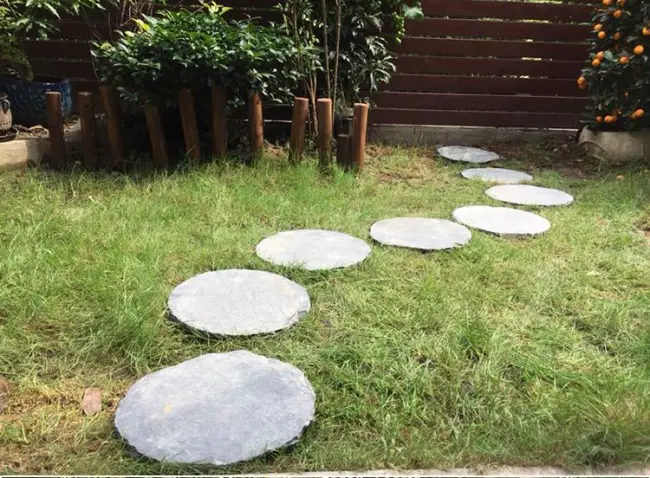
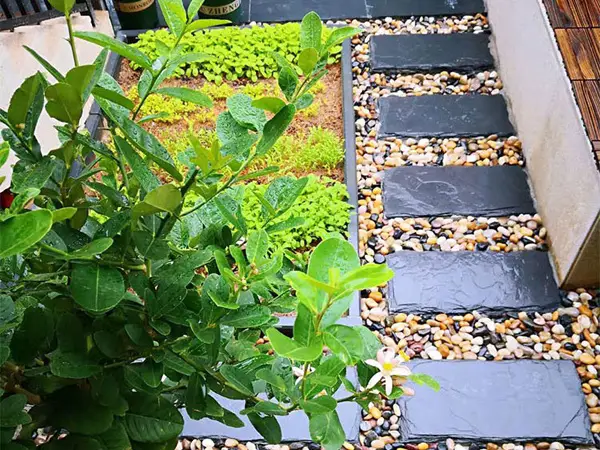
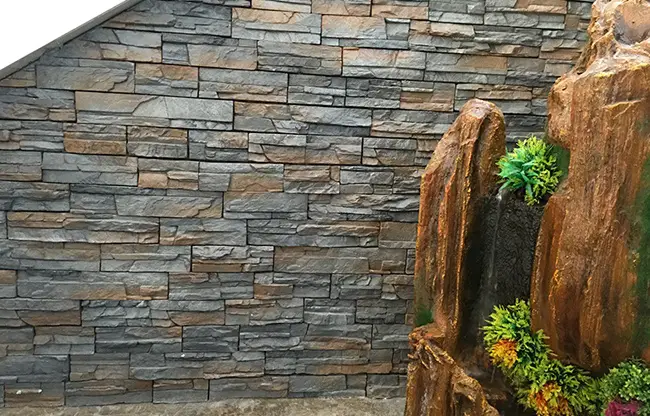
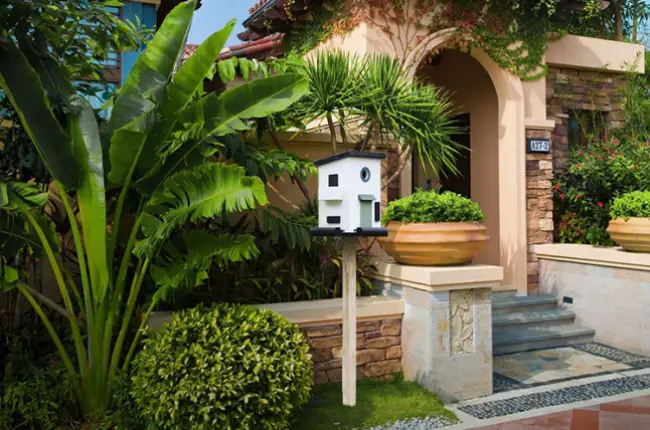
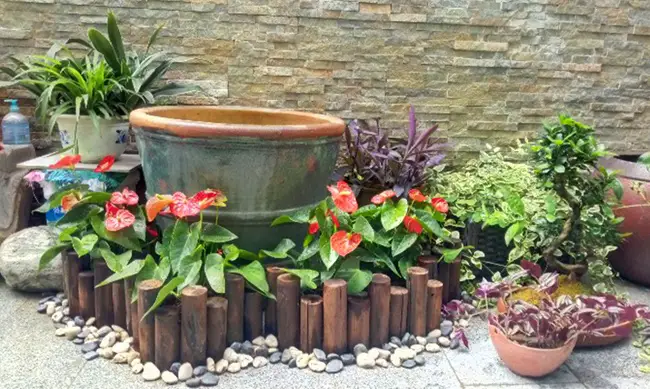
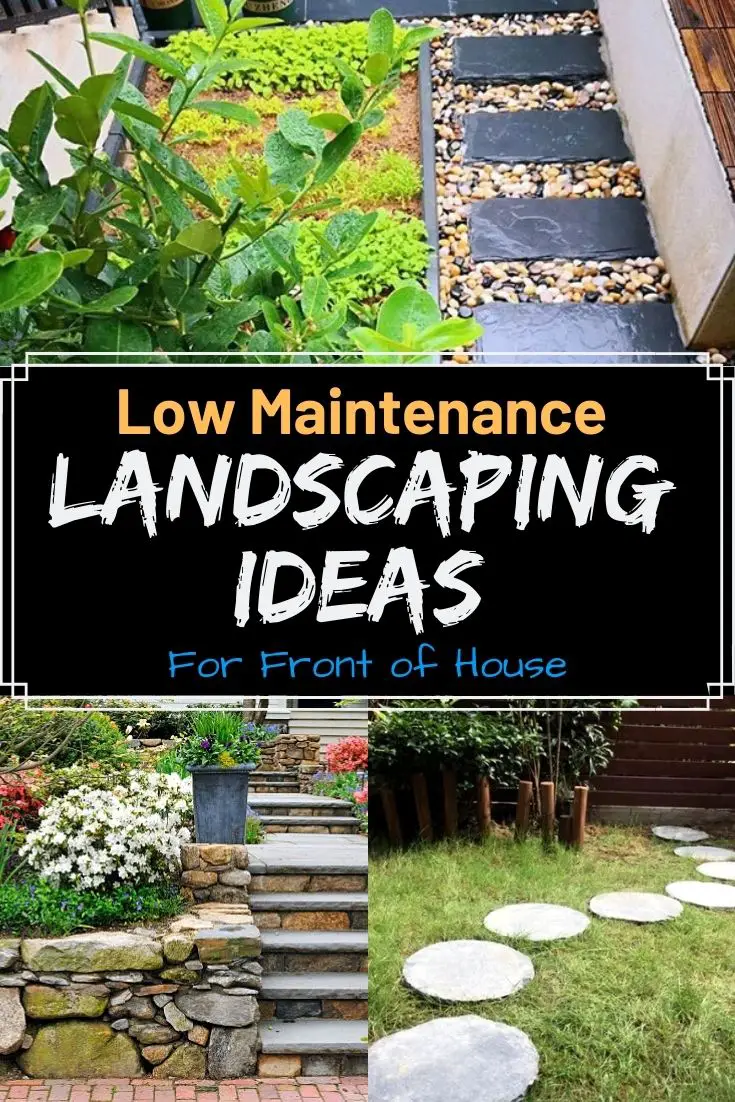
It sure was nice to know that you can efficaciously transform a grassy section of your garden into an artful scenery by using bricks. With this in mind, I will start finding a contractor that can have brickworks done for me. I want a retaining wall to enhance the beauty of our garden and new walkways. Thanks for sharing this.